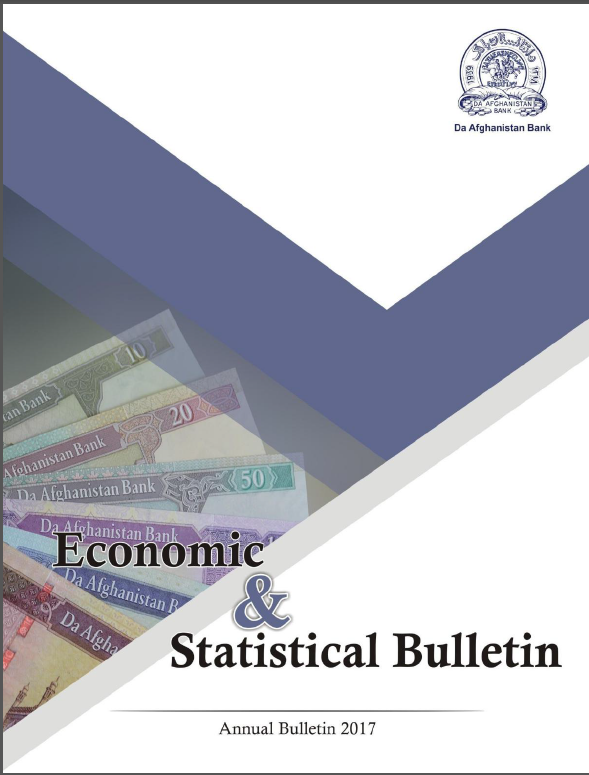| Sell | Buy | |
|---|---|---|
| USD | 76.8688 | 76.6688 |
| EURO | 86.4706 | 85.8706 |
| POUND | 99.7766 | 98.9766 |
- About us
- Vision And Mission
- Objectives
- Main Tasks
- Core Values
- Supreme Council
- Executive Board
- Departments
- Governor's Office Directorate
- Monetary Policy
- Financial Supervision Department
- Market Operation Department
- Comptroller General’s Office
- Financial Disputes Resolution Commission
- Financial Intelligence Unit
- Afghan Deposit Insurance Corporation
- Public Credit Registry Department
- Accounting and Finance General Directorate
- Information Technology Department
- Human Resources Department
- General Counsel
- Banking Operation Department
- Payments Department
- Financial Sector Strengthening Projects (FSSPs)
- General Services Department
- Financial Inclusion Department (FID)
- Procurement Department
- Financial Risk Management Department
- Zones and Branches
- Monetary Policy
- Financial Supervision
- Laws & Regulations
- Media Center
- Financial Statements
- Procurement And Careers
Financial Inclusion Department (FID)
Research shows that financial inclusion plays a vital role in achieving macroeconomic policy goals such as inclusive economic growth, poverty reduction, reducing income inequality and improving welfare in a country. Considering the importance of financial inclusion and the recommendations of the international organizations such as the World Bank and the IMF, Da Afghanistan Bank established a dedicated department within DAB in June 2016 to improve and enhance financial inclusion across the country by formulating the National Financial Inclusion Strategy (NFIS) for Afghanistan.
Vision
The vision of FID is to provide convenient, secure, proper, affordable and sustainable access to a range of quality formal financial services for the Afghan citizens, especially the low-income, vulnerable and deprived segments of the society. Such financial services include but are not limited to transaction account, saving account, pension account, insurance, credit and proper payment instruments.
Objective
FID follows the following intermediate and ultimate objectives within its scope of work:
- Intermediate objectives
- Increasing access to formal financial services especially for the poor and low-income segments of the society.
- Protecting financial consumer’s right.
- Improving financial literacy and financial capability of the Afghan citizens.
- Establishing a robust and dynamic environment for inclusive economic growth.
- Promoting and strengthening of the cultural of using formal financial services.
- Ultimate objectives
- Reducing extreme poverty
- Reducing income inequality
- Enhancing public welfare
Duties and Responsibilities
FID’s mandates are as follow:
- Conducting financial sector diagnostic researches to indentify challenges and obstacles facing financial inclusion in the country
- Providing policy recommendations for increasing public access to financial services in the country
- Formulating the National Financial Inclusion Strategy (NFIS) for Afghanistan
- Formulating the National Strategy for Financial Literacy & Capability
- Establishing an effective monitoring system to supervise the implementation of the NFIS
- Evaluating the effects of NFIS implementation on desired objectives
- Formulating laws and regulations on financial inclusion consumer protection
- Conducting training programs, workshops and public awareness campaigns on financial inclusion relevant issues
Organizational Structure
Currently, FID has ten technical staff including a director general and deputy director general. The department has five sections as follow:
- Policy and Regulation Section
This section is responsible to review DAB’s current legal and regulatory framework from the financial inclusion perspective and compare it with the international standards. Moreover, this section aims to identify legal and regulatory hurdles that are limiting financial inclusion in the country and provides policy recommendations and efficient modification and justifications for the purpose of establishing a dynamic and enabling legal framework which can be supportive for increasing financial inclusion in the country.
- Data Measurement and Analysis Section
This section is responsible for collecting data and analyzing financial inclusion indicators using the existing international guidelines, designing and conducting supply and demand surveys for the purpose of conducting the required diagnostic studies, establishing a comprehensive database for monitoring the progress of NFIS implementation.
- Financial Sector Infrastructure Section
This section is responsible to study the financial sector infrastructure and provide technical recommendations for strengthening and developing the financial sector infrastructure including payment infrastructure, information infrastructure and legal infrastructure which will be performed in full coordination with the relevant departments.
- Financial Consumer Protection Section
This section is responsible for conducting financial consumer protection diagnostic studies and supervision from appropriate product design and delivery, prevention of over-indebtedness, transparency, responsible pricing, fair and respectful treatment of clients, privacy of client data, mechanisms for complaint resolution.
- Public Awareness and Communication Section
The main activity of this section is preparing a framework for communication and public awareness, conducting financial awareness campaigns, identifying how financial information are transmitted through the relevant methods, coordinating with other stakeholders on transmission of financial information to users, reviewing the existing public awareness practices and reviewing the financial literacy programs and comparing them with the international standards.

